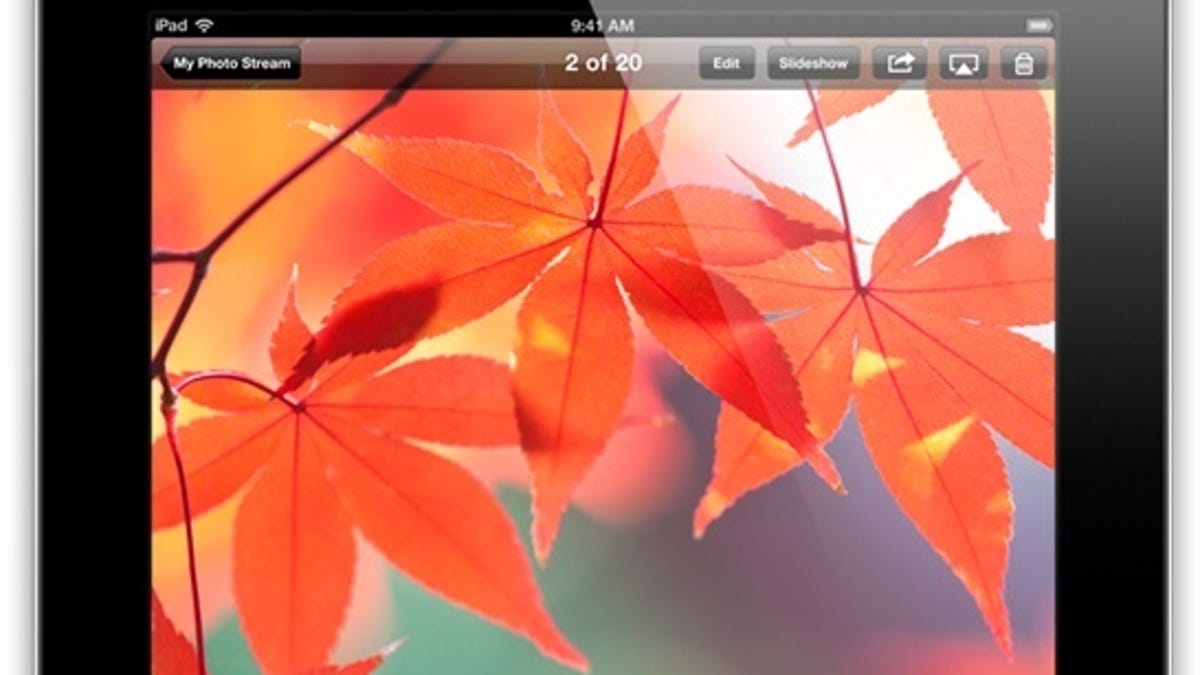iPad Mini Retina's display is a moving target: Here's why
Apple faces some tough choices when deciding on a display technology for the upcoming iPad Mini. That results in vagaries in suppliers' production schedules.

Exactly when Apple's Retina version of the iPad Mini will appear isn't easy to predict. That's because display suppliers' plans change -- sometimes frustratingly often.
By all accounts, the Retina Display slated for a future version of iPad Mini is really hard to make. NPD DisplaySearch, IHS iSuppli, and Citi Research have all made this case.
NPD DisplaySearch was one of the first to proffer a timeframe for the 2,048x1,536 resolution 7.9-inch display. Production of the display was originally thought to begin in July. (And, remember, this is the display only not the tablet itself.)
While that may still happen (let's say third quarter -- July, August or September -- to be safe), DisplaySearch and Citi Research are now saying the production target for the tablet has been pushed back.
What gives? Because of the display's size and pixel density, it falls into a no-man's land where no single manufacturing technology seems to have a clear upper hand. The problem is that the Mini is very thin, even thinner than the iPhone 5, and the display will pack in more than 3 million pixels. That creates all sorts of challenges for high-volume production.
Which results in frequent changes in display supply schedules.
So, Apple is faced with some hard choices. Here are some factors to consider.
- LTPS: Low-temperature polysilicon. This is the same technology used in the 4-inch display on the iPhone 5. But using LTPS for a relatively large 7.9-inch screen may be impractical. The point: a display technology used for a small screen cannot necessarily be applied to a large (e.g., 7.9-inch) screen. That is, the larger the screen, the lower the production yields. Manufacturer: Japan Display Inc. (JPI).
- IGZO: production yields for IGZO are also a big challenge at the volume that Apple demands, according to DisplaySearch and IHS iSuppli. Manufacturer: Sharp.
- Amorphous: Amorphous is a proven display technology and used widely (it has been used in the iPad 3 and iPad 4, for example) but it is not necessarily suitable for the kind of thin display that Apple needs for a Mini Retina. Manufacturer: LG Display and others.
- Display production is not tablet production: IHS iSuppli has stated that high volume production of the display may not happen until the fourth quarter. Of course, Apple could announce the product before high-volume display production begins, but that could be risky. Point: display production could begin anytime -- possibly one or two quarters before actual production of the tablet.
The moral of the story for consumers is that Apple is constantly pushing the boundaries of hardware tech. And some technologies take longer than others to reach the market.

